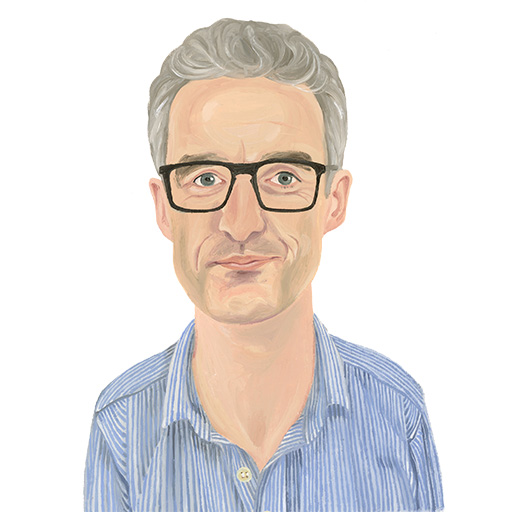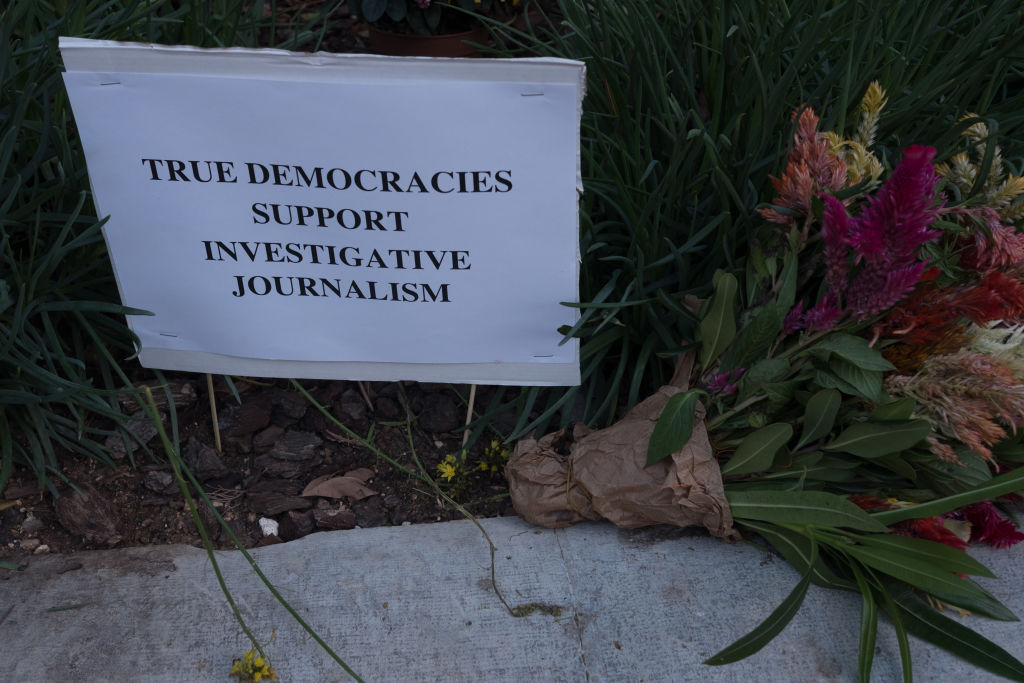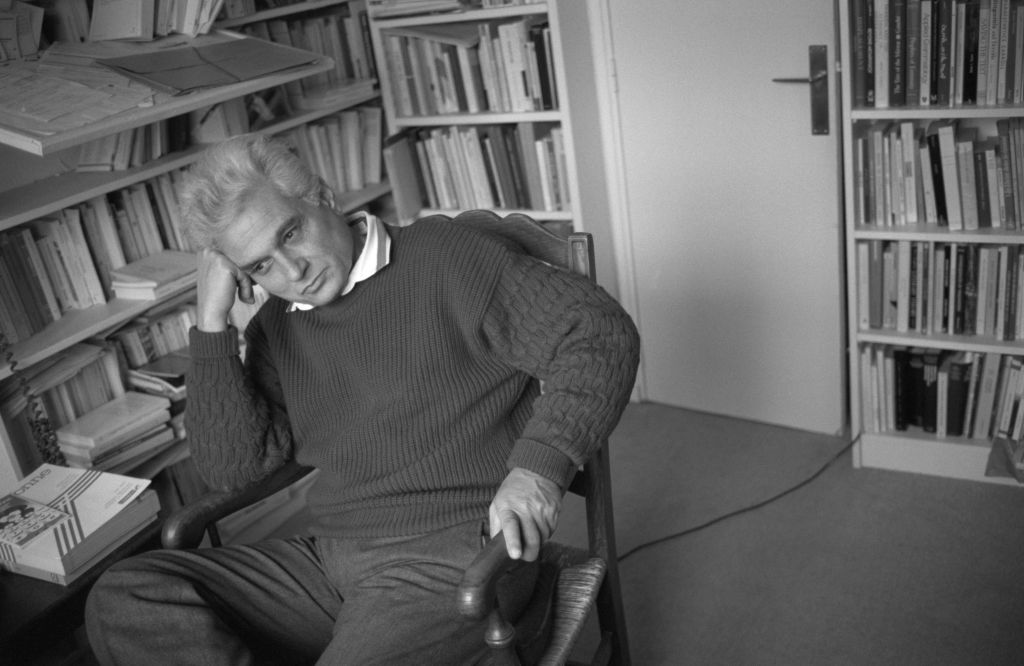It’s rare that you meet someone who finds space exploration boring.
Rockets, intergalactic travel and thoughts of star dust induce an almost automatic positive reaction in people: spirits are lifted, imaginations are sparked, even hope may be kindled. Humans are born wanderers, and what is a more exciting adventure than pushing beyond our earthly confines?
In his book Science and Spiritual Practices, Rupert Sheldrake, the British biologist and author, writes how wanderlust “seems to be a deeply ingrained part of human nature, with its roots in the seasonal migrations of hunter-gatherers, and, more remotely, in many millions of years of animal migrations.”
He also notes how “for all of us today who live in villages, town and cities, this immemorial pattern of continual movement has come to an end”. On top of that, with most of planet earth’s territories mapped out, coupled with an ever-shrinking number of remote, unexplored regions, it is space that offers humanity the chance to once again go truly exploring into the unknown.

The European Space Agency (ESA) is “Europe’s gateway to space”, its goal “to shape the development of Europe’s space capability and ensure that investment in space continues to deliver benefits to the citizens of Europe and the world”. Can’t see much wrong with that for a mission statement. Here is an institution that really can inspire as it probes the Final Frontier left to us.

The ESA also offers a stellar example of when collective effort is called for. Rarely can one country manage space exploration alone, unless you are a USA, China or India with vast resources and technical expertise to draw on.
So strong is this need for collective effort it has even brought adversarial nations together. Before the Ukraine war soured the space exploration-engendered cooperation previously established, the use of Russia’s Soyuz 2 rocket had been “a milestone of strategic cooperation in the space transportation sector between Europe and Russia,” notes the ESA.
The Russian rocket was successfully used for more than 10 years from October 2011, when the first pair of Galileo navigation satellites were launched from Europe’s Spaceport in French Guiana, South America.

Amid all the noise about EU “enlargement” versus “deepening”, and concerns about the European Commission’s expanding powers, it’s easy to lose sight of how the notion of European integration and the basic principles underpinning it — cooperation and international harmony — are not flawed by default.
Through the pooling of European expertise, technology and vision across nations — along with that Russian input — the ESA has achieved great things that impact the daily lives of EU citizens. The ESA’s first generation of Ariane rockets had launched half of all the world’s commercial satellites by the end of a roughly 30-year period of operations. Their successor, Ariane-5, gained a reputation as “one of the most reliable launchers in the world”.
Europe’s first mission to the #Moon, SMART-1, was launched on 27 September 2003 on #Ariane5 flight #V162 and arrived in lunar orbit on 15 November 2004 ? https://t.co/zzRATxtqFK#InternationalMoonDay pic.twitter.com/Ad8xq34Vus
— ESA space history (@ESA_History) July 20, 2023
Already more than 2.5 billion smartphones use the Galileo global satellite navigation and positioning system. Numerous European economic sectors rely on Galileo too, from transport and agriculture to border management and search and rescue.
The EU Space Programme delivers all sorts of navigational systems and instruments that help to monitor the environment and the earth we depend upon, while its Euclid mission is investigating some of the most fundamental mysteries out there: the nature and role of dark matter in the expansion of the universe.
? Latest updates from the #DarkUniverse ?
?️ 15–18 July. #VIS & #NISP see first light ?
?️ Mission controllers turned on the VIS & NISP detectors to start recording the light collected by the telescope. The sensors of both instruments are performing well. 1/3 pic.twitter.com/TaTjgcdtw5
— ESA’s Euclid missionΥ (@ESA_Euclid) July 19, 2023
While an element of what the Space Programme delivers serves a “regulatory” function — especially technology used by security agencies — it’s striking how much of the ESA’s endeavour is about facilitating human activities and flourishing.
Contrast this with EU legislative institutions that increasingly seem set on forcing through draconian Green policies restricting and controlling the ways in which people live, or the likes of contentious progressive orthodoxies that increasingly curtail previously established freedoms of speech, religion and assembly.
“Climate change is a problem. Covid was depressing, the war in Ukraine is depressing and I think Europe needs to wake up to have new dreams, new inspirations, new hopes of moving forward,” ESA Director General Josef Aschbacher recently commented, also cautioning how “young people, some of them see no future”.
“Europe is drifting apart,” Aschbacher adds. “But if you have a joint space project all the countries will engage and will be proud of being part of it and being European.”



As I highlighted previously, Europe has an astonishing history and story that should be celebrated and appreciated. Celebrating that story also means taking it forward in a way that inspires and brings people along with it.
The ESA is set on doing that (with a little bit of assistance); it wants to press the green button for ignition and to get things going; the European Commission, Parliament and Council — less so, it appears.
They seem keener on the red button.






Spain’s Left could implode as Greece’s did: That might please conservatives but loss of effective opposition doesn’t help anyone